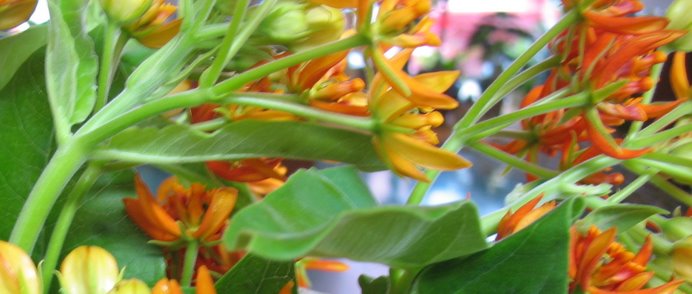
Wedding flowers are one of the most important elements to tie everything together on your wedding day. Besides the brides dress, your flowers will have most guest talking.
Finding a florist If you do not already have a florist you should ask family and friends if they can recommend a professional. Visit as many florist as you wish until you feel comfortable with the designer you eventually choose. Floristry is art and art is in the eye of the beholder.
Look around the shop, do you like what you see? Are the flowers in the display cooler fresh? Is your designer honest about what he/she can provide for your wedding? (beware of those who make too many promises) Is the shop well decorated, clean, organized?
Ask to see photographs of previous work
Do your research and come prepared
If possible bring a photo of the wedding dress and the bridesmaids dresses along with color swatches. Go through many magazines and books and bookmark anything you like such as colors, textures, specific flowers and containers. Your florist should be receptive to your ideas and your vision but keep in mind that many magazines promote very expensive arrangements and as well as wedding bouquets made with some of the most delicate flowers that would not last through your big day, your florist is there to advise you.
Think of your budget before you visit any potential florists. The possibilitites are endless and without a budget the florist and yourself will be left in the dark.
Be prepared to answer the following questions:
How many bouquets do you need
How many corsages (for Mothers, Grandmothers, Godmothers and any other special guest) if possible find out the color of their dresses as well.
How many boutonnieres (for Fathers, Grandfathers, Godfathers, groomsmen, ushers, and any other special guest)
How many centerpieces will you need (know approximately how many guest will be attending and how many seat at each table)
Do you need any other arrangements for the church or the rehearsal dinner, for the brides house entryway or restroom, for the gift table or cake table....
Know the prominent colors of the venue site so that the flowers don't clash with the decor
What's your budget
When should you book your florist
A general guideline is 6-8 months before your wedding date.
On a final note make sure you sign a contract and review the contract a couple of weeks before the wedding date to make sure that delivery times and adresses have not changed, advide your florist of any changes as soon as possible.




